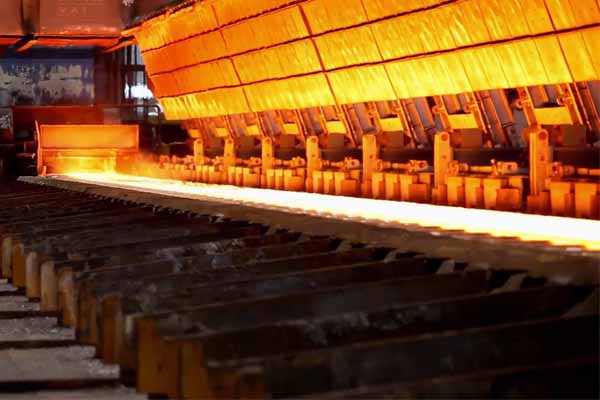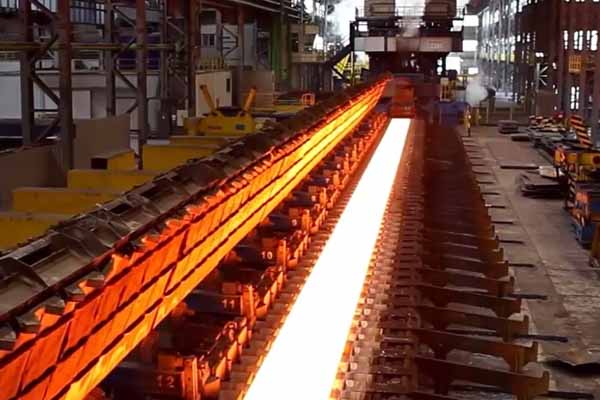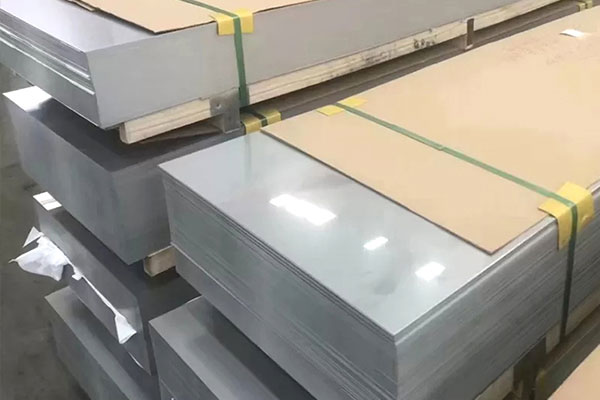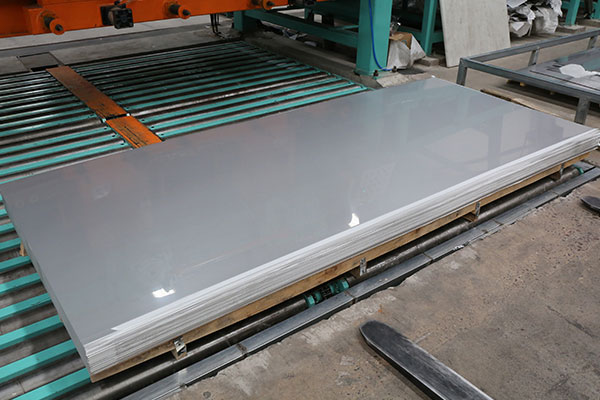┃ Material
*Note that the designation “Incoloy® 800” is a registered trademark of the Special Metals Corporation group of companies.
┃ Overview
The alloy 800 series are nickel-iron-chromium alloys with good strength and excellent resistance to oxidation and carburization in high-temperature exposure. They are heat and corrosion resistant alloys with a relatively low nickel content, maintaining the ultimate chemical properties for high-temperature strength and resistance to oxidation, carburization and other types of high-temperature corrosion, has set the industry standard in high temperature applications requiring optimum creep and rupture properties. The chromium in the alloy imparts both aqueous and heat resistance. Iron provides resistance to internal oxidation. The nickel content maintains a ductile, austenitic structure. Thus, alloy 800 is readily formed, welded, and machined.
┃ Characteristics
◇ Good corrosion resistance, heat resistance and stress corrosion resistance in water-containing environments with extremely high temperature up to 500°C
◇ Good mechanical properties at low and elevated temperatures up to 1500℉ (816℃)
◇ Strong resistance to oxidation resistance at high temperature
◇ Strong resistance to carbonization resistance at high temperature
◇ Good workability
┃ Application
Alloy 800 is a widely used material for construction of equipment requiring corrosion resistance, heat resistance, strength, and stability for service up to 1500℉ (816℃). Alloy 800 offers general corrosion resistance to many aqueous media and, by virtue of its content of nickel, resists stress corrosion cracking. At elevated temperatures it offers resistance to oxidation, carburization, and sulfidation along with rupture and creep strength. For applications requiring greater resistance to stress rupture and creep, especially at temperatures above 1500℉ (816℃), alloys 800H and 800HT are used.
┃ Chemical composition (wt%)
|
Material
|
Fe
|
Ni
|
Co
|
Cr
|
Al
|
Ti
|
Al+Ti
|
|
Alloy 800
|
≥39.5
|
30.0~35.0
|
≤2.0
|
19.0~23.0
|
0.15~0.60
|
0.15~0.60
|
/
|
|
Material
|
Cu
|
C
|
Mn
|
Si
|
P
|
S
|
|
|
Alloy 800
|
≤0.75
|
≤0.10
|
≤1.50
|
≤1.00
|
≤0.030
|
≤0.015
|
|
┃ Mechanical property
|
Material
|
Tensile strength
ksi (MPa)
|
Yield strength at
0.2 offset ksi (MPa)
|
Elongation in 2”
% min.
|
|
Alloy 800
|
77.8 (536)
|
22 (150)
|
20
|
┃ Corrosion resistance
Alloy 800 is resistant to many corrosive media. For wet corrosion, the increased nickel content of this alloy results in good resistance to stress cracking corrosion. The elevated chromium content increases the resistance to pitting and crevice corrosion. The alloy shows good resistance in nitric acid and organic acids, but only limited resistance to sulfuric and hydrochloric acid. Pitting corrosion may occur in halogen-containing acids. The material shows good resistance in oxidizing and reducing saline solutions. It is also resistant in fresh water and steam as well as mixtures of steam, air and carbon dioxide.
At elevated temperatures, Alloy 800 exhibits excellent resistance in oxidizing and carburizing atmospheres as well as in alternating oxidizing and carburizing atmospheres. The resistance to hydrogen, nitrogen and sulfuric gases is good, whereby it is better under oxidizing conditions than under reducing conditions.
┃ Heat treatment
Alloy 800 cannot be bright annealed in the usual industrial annealing furnace. Under closely controlled conditions, the alloy can be bright annealed in dry, pure hydrogen.
Alloy 800 is normally annealed in box or muffle furnaces using prepared reducing atmospheres. A satisfactory atmosphere is formed by the products of combustion from low-sulfur natural gas burned with a deficiency of air. It produces a thin, adherent, green-black film of oxide on the material.
┃ Available process
(1) Hot formed, solution annealed, descaled
(2) Cold worked and bright annealed
(3) Cold worked, annealed and descaled
(4) Cold worked, polished (MP, EP etc.)
(5) Cold worked, bright annealed, polished (MP, EP etc.)
┃ Common tests
Chemical composition
Tension
Hardness
Flaring
Flange
Flattening
Micro structure
Hydrostatic
NDT
Intergranular Corrosion
Surface condition
Shape and dimension
Positive Material Identification
 English
English Русский
Русский







